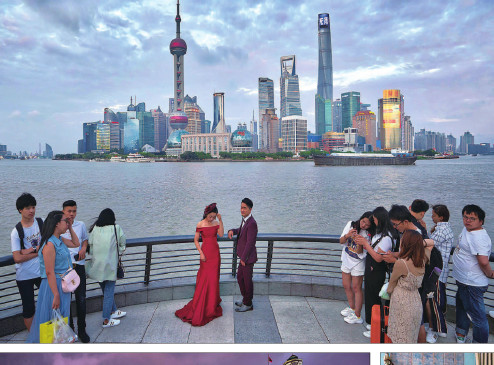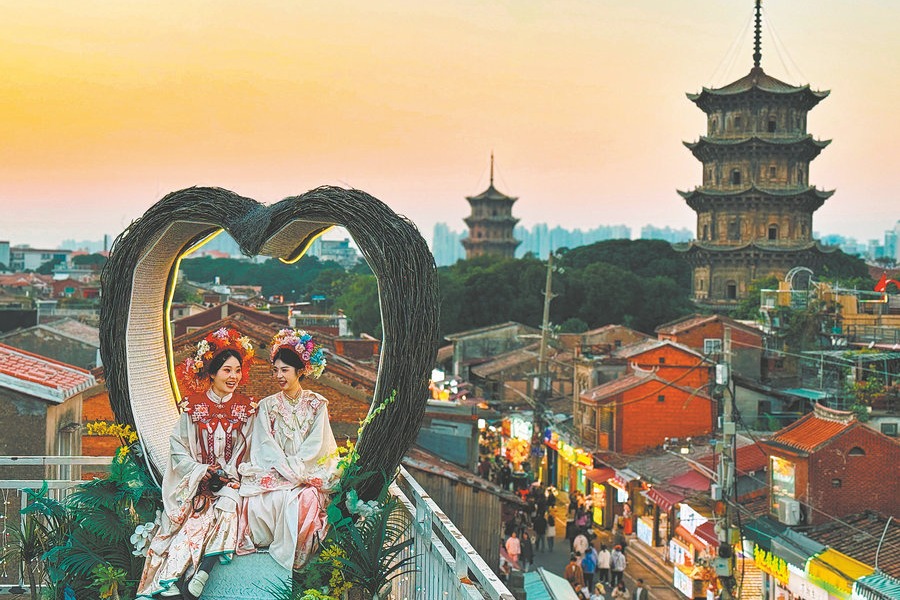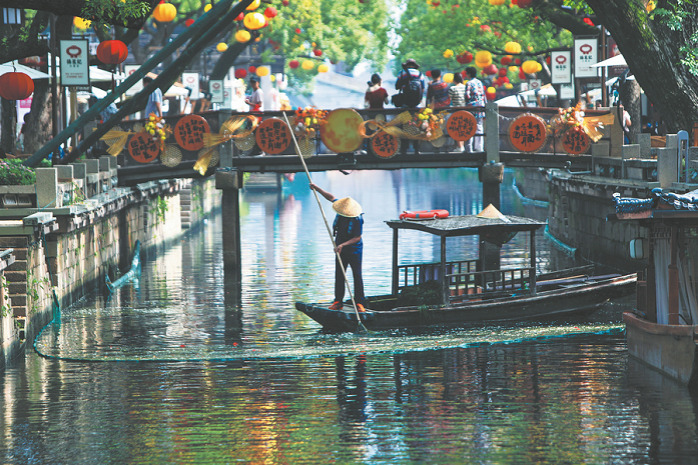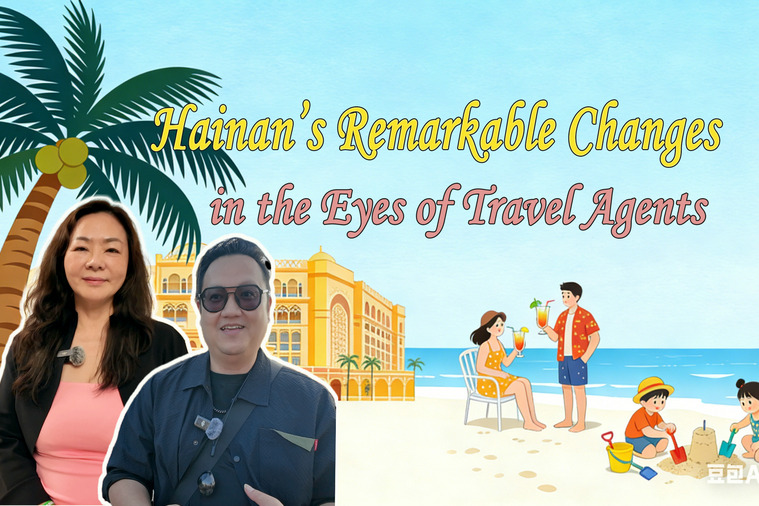The world through his eye


Famous photographer Trey Ratcliff might have a visual impairment, but he says this shortcoming has been more of a boon than impediment to his creative pursuits.
Twelve years after he first learned photography, Trey Ratcliff is today one of the most influential travel photographers in the world. The former programming engineer, who is blind in one eye, commands a massive following of over 16 million followers across all social media including Instagram, Facebook and Pinterest while his blog, Stuck In Customs, is viewed about 170,000 times daily.
Currently based in Queenstown, New Zealand, the Texas native runs a million-dollar business by selling his artworks as exclusive prints which cost between $50,000 and $100,000 each.
Besides his unique post-processing techniques, Ratcliff is also known for his generosity when it comes to sharing for free how he edits his photos. The American is the developer of Aurora HDR, the winner of the Best Mac App in 2017.
In June, Ratcliff was in China as part of a world tour in partnership with luxury hotel Ritz - Carlton. During his stop in Shanghai, he shared his views on photography, editing, and his thoughts about China where he shot some of his most popular photos.
Among the four Chinese cities (Beijing, Tianjin, Chengdu and shanghai) you have visited, which one impressed you the most?
Photographically, Shanghai is my favorite. I really like all the buildings, and I also take lots of street photos of people. The people here are interesting, with crazy outfits and doing crazy things. I think when you are a photographer, you see things differently, like a vulture instead of a tourist.
Why do you say that being blind in one eye is a gift?
I call it a gift because I see the 3D world in a 2D way, which is exactly the way we are experiencing the world more and more, on our laptops and mobile screens. So that makes me very good at positioning things so that they make sense. When you look at a photo on a screen, it represents a 3D world in a 2D way, which means you have lost an entire dimension.
How do you decide which photo to post on your blog and social media platforms?
I don't do lots of things that are generally considered popular. I don't take food photos or selfies. I don't care if I don't get enough likes or comments. I have my own definition of interesting photos. It turns out that lots of people like my photos. I am glad they like them, but that's not the reason I do it. I mostly do it for myself. And I ind that if I am being pure and true to myself, other people can feel it. That may be one way to stand out in social media. There is an element of truth in there.

What's your definition of an interesting photo?
I think there are two reasons people take photos. The first is about showing off so that people might think they are cool and living a great life. I personally don't think that's a good reason to take photos.
I firmly believe that if you produce high-quality and unique content, and have a little bit of a voice, people will be drawn to your work. It's not about what is popular out there, but what you think is interesting.
You are famous for heavily editing your works, something that is controversial in the industry. What is your opinion about this?
I have mixed feelings about it. There should never be over-processing for areas such as journalism. As for fashion and beauty, too much processing might depress people. It gives the impression that you have to be beautiful to be valuable.
But if you are making art, "photoshopping" your images is acceptable because it's just one of your tools. It's a creative process. There is a saying that the use of artifice in your craft is noble.
Does it ever worry you that people might be disappointed when they realize the difference between your works and reality?
What I show is the potential in places, such as when the weather is good or when light is ideal. I think that's what real art does - it brings out the potential of places or people.

































